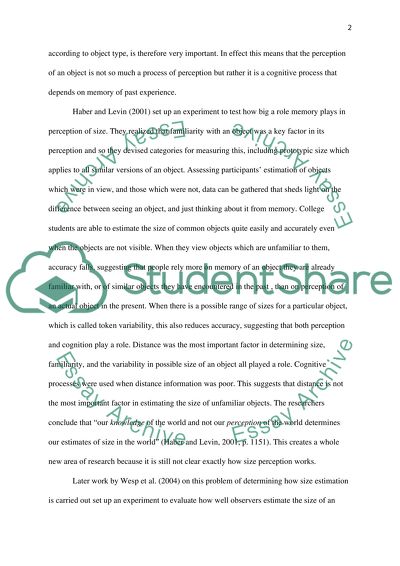Cite this document
(“The Importance of Size Constancy and Size Perception Essay”, n.d.)
Retrieved from https://studentshare.org/psychology/1445605-the-importance-of-size-constancy-and-size
Retrieved from https://studentshare.org/psychology/1445605-the-importance-of-size-constancy-and-size
(The Importance of Size Constancy and Size Perception Essay)
https://studentshare.org/psychology/1445605-the-importance-of-size-constancy-and-size.
https://studentshare.org/psychology/1445605-the-importance-of-size-constancy-and-size.
“The Importance of Size Constancy and Size Perception Essay”, n.d. https://studentshare.org/psychology/1445605-the-importance-of-size-constancy-and-size.


